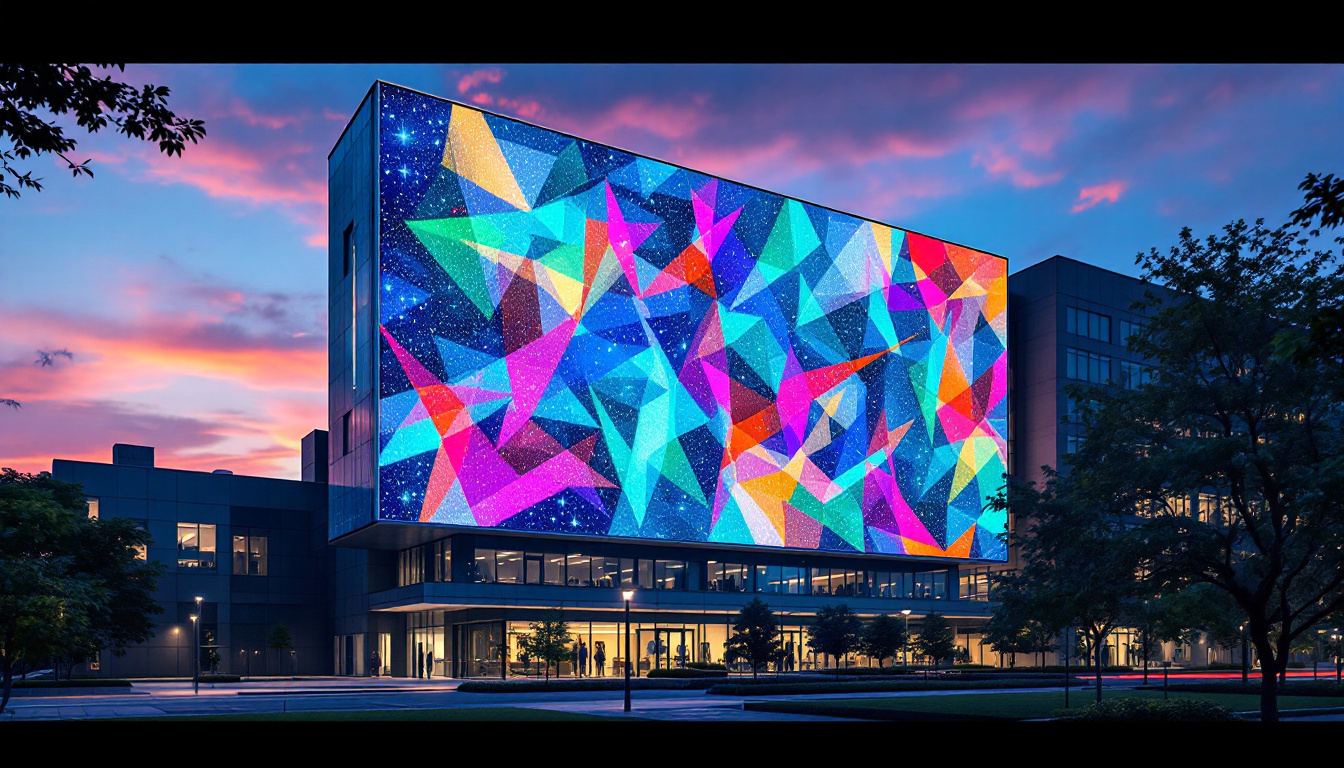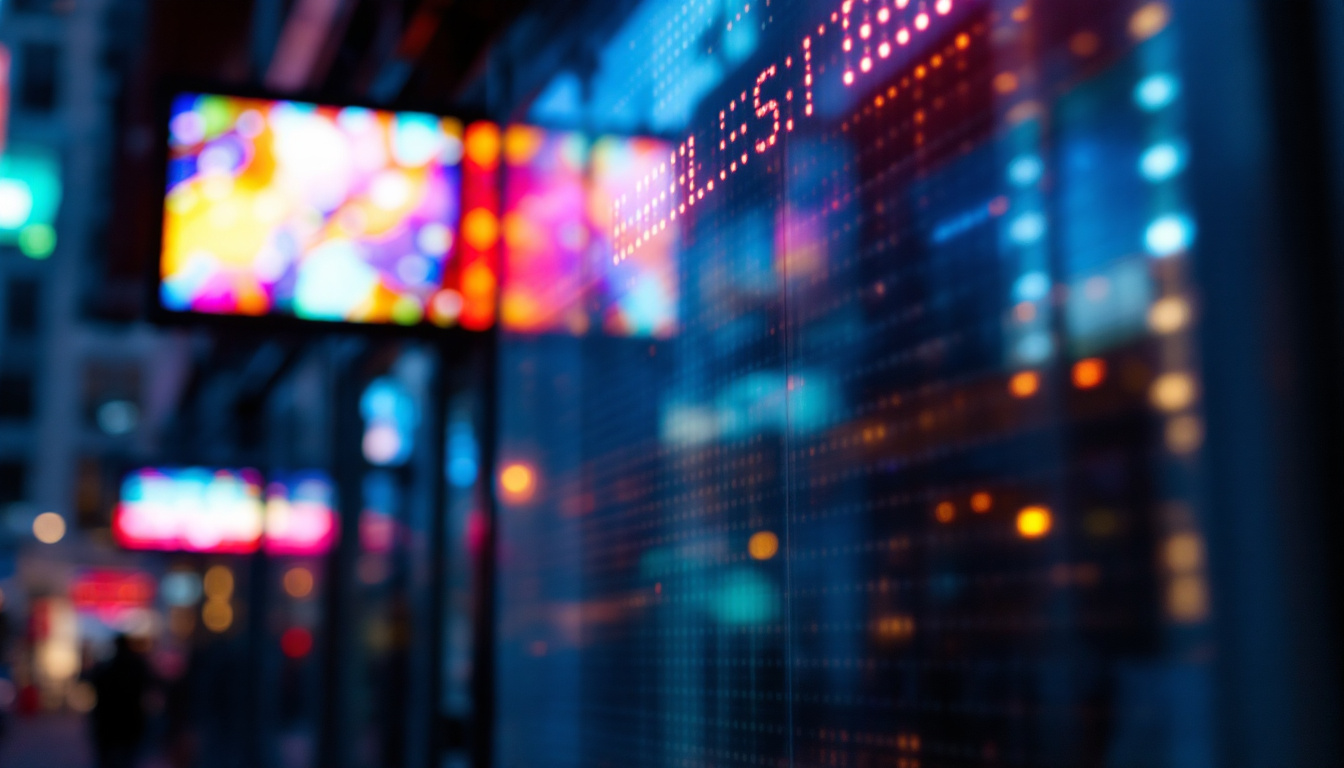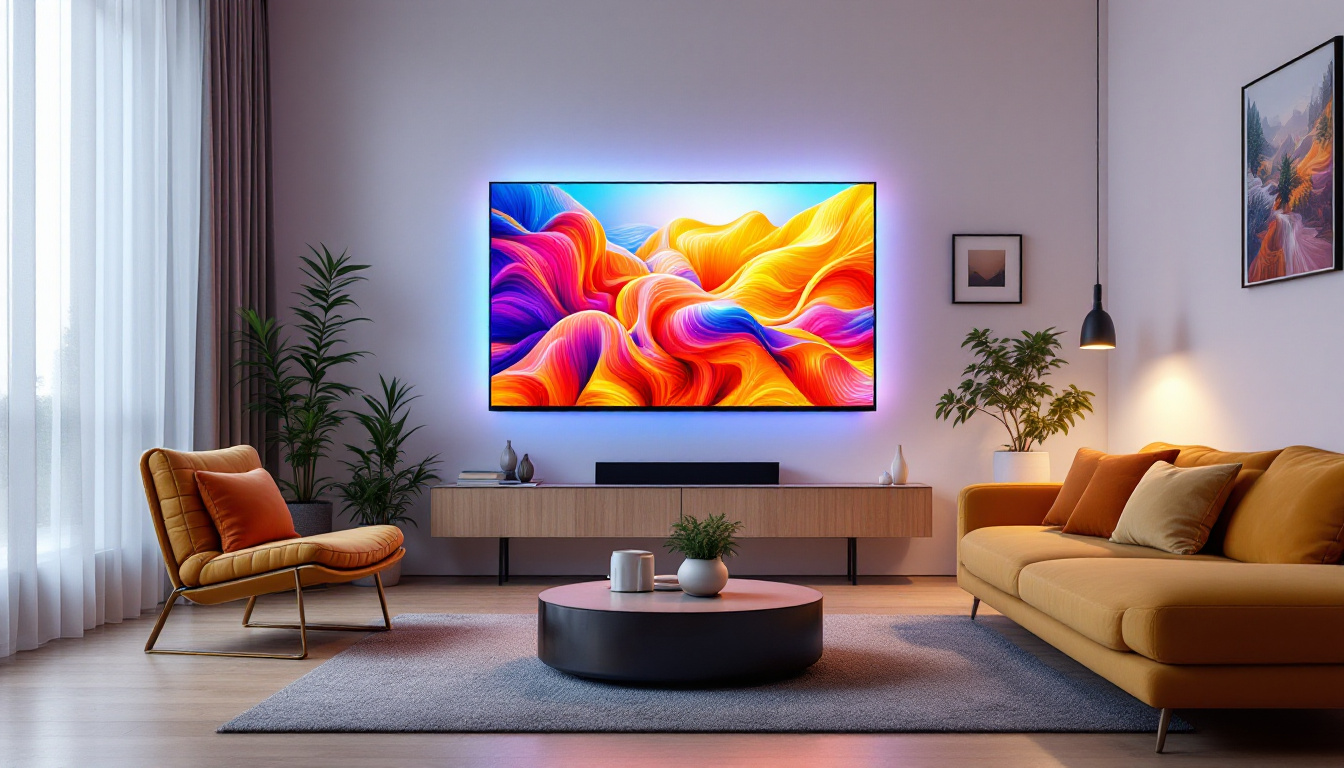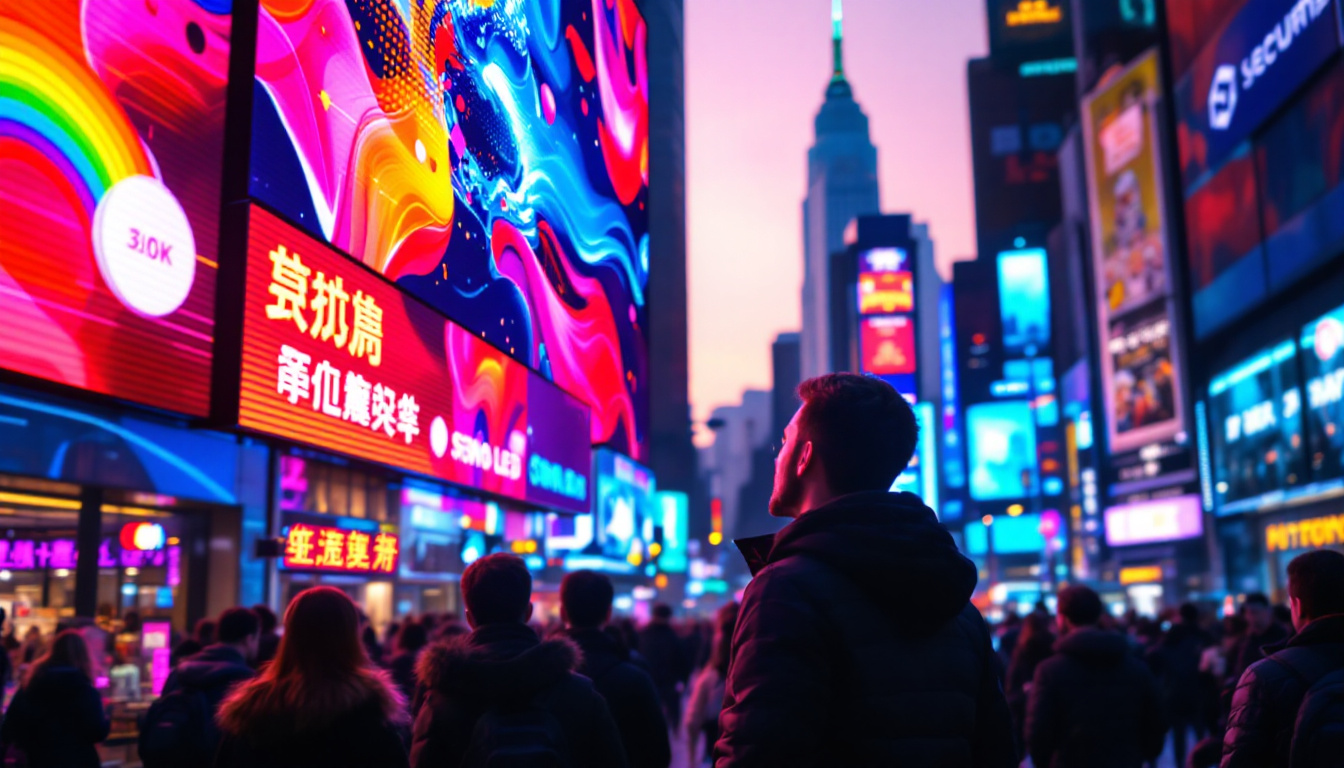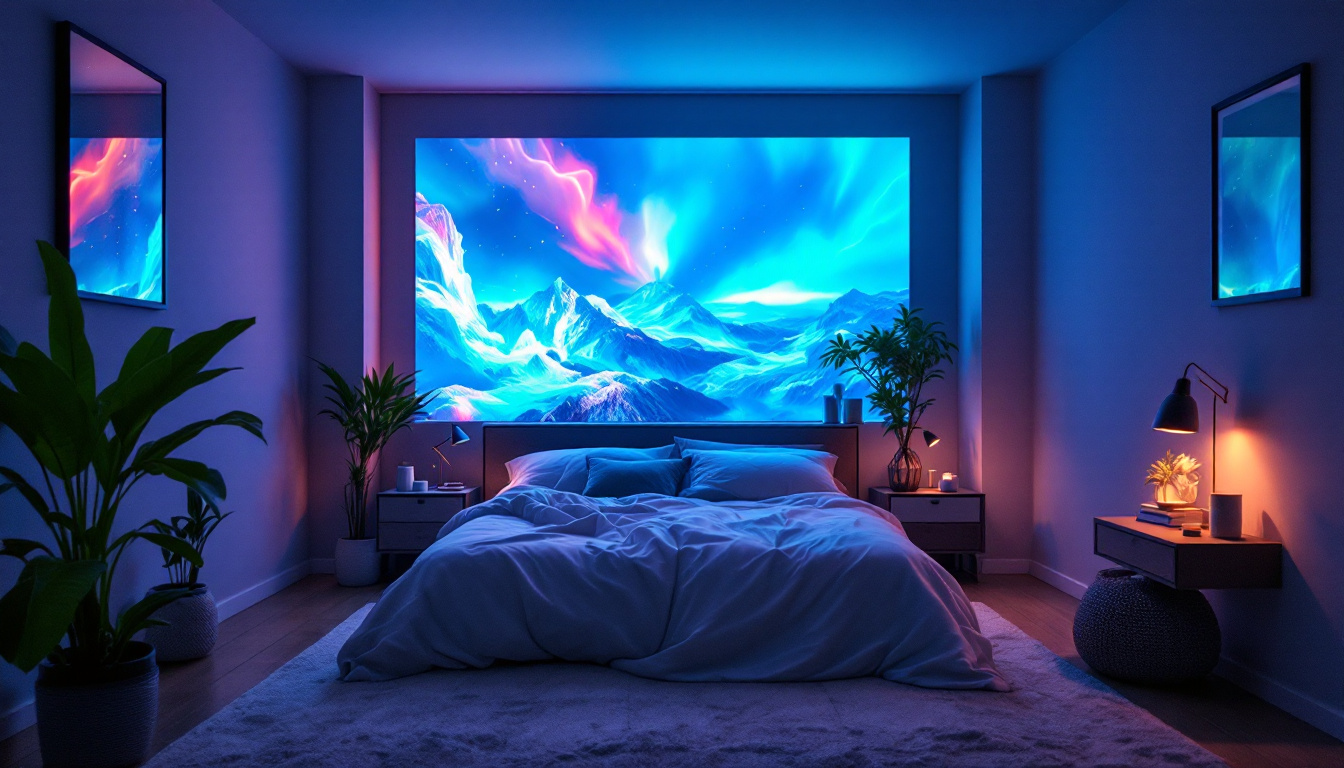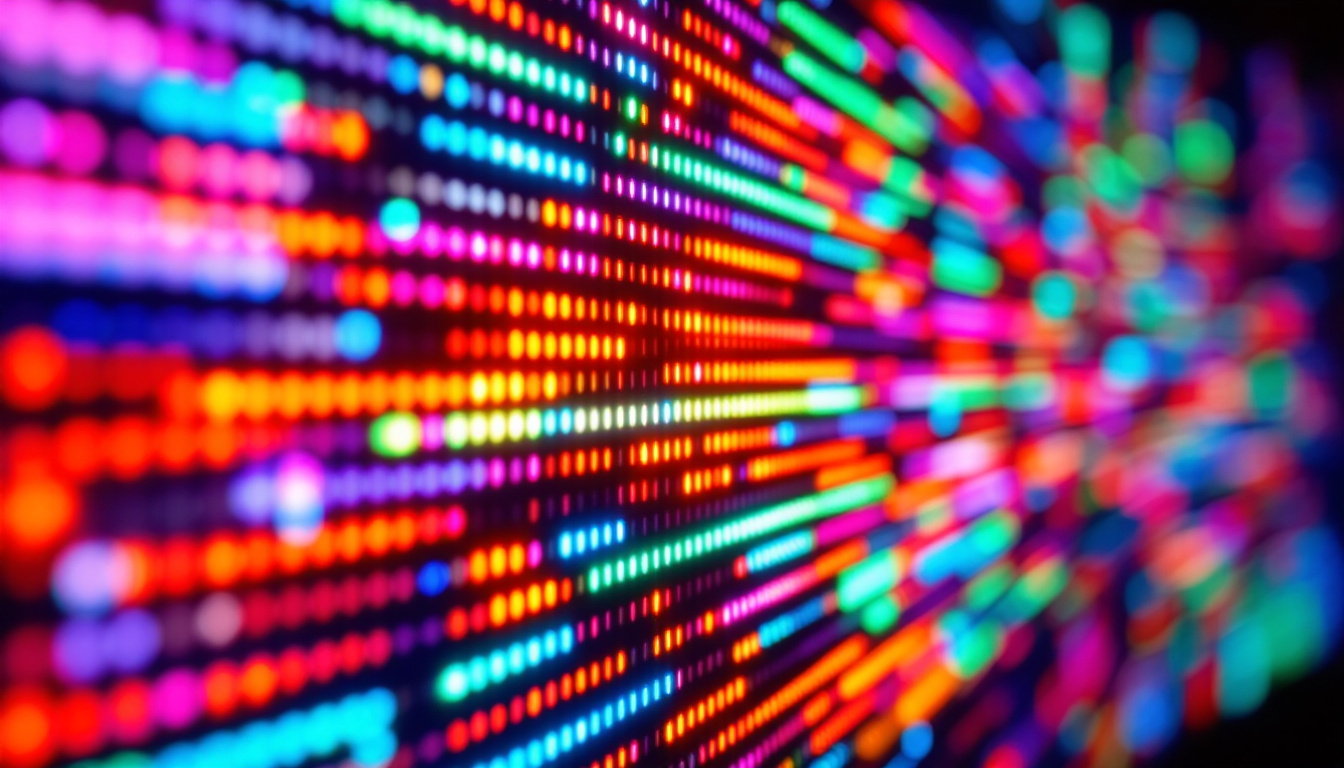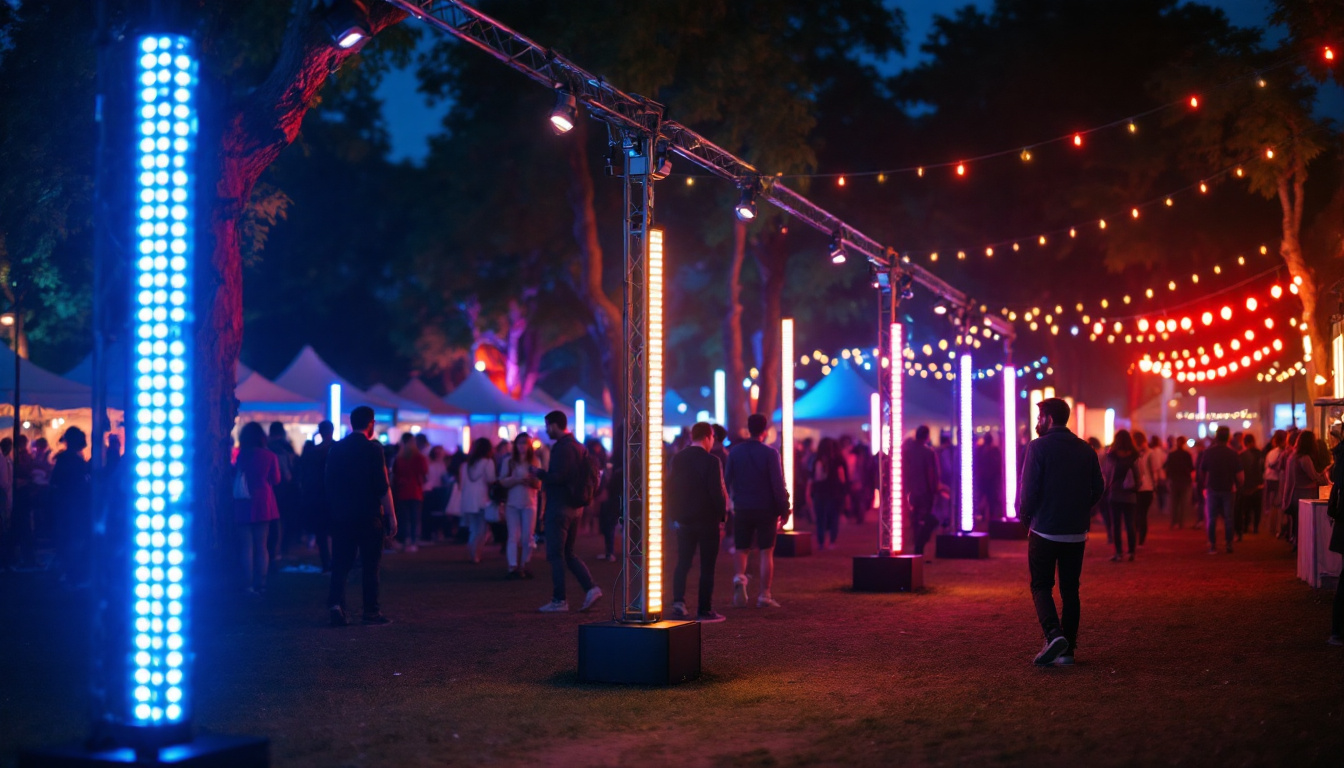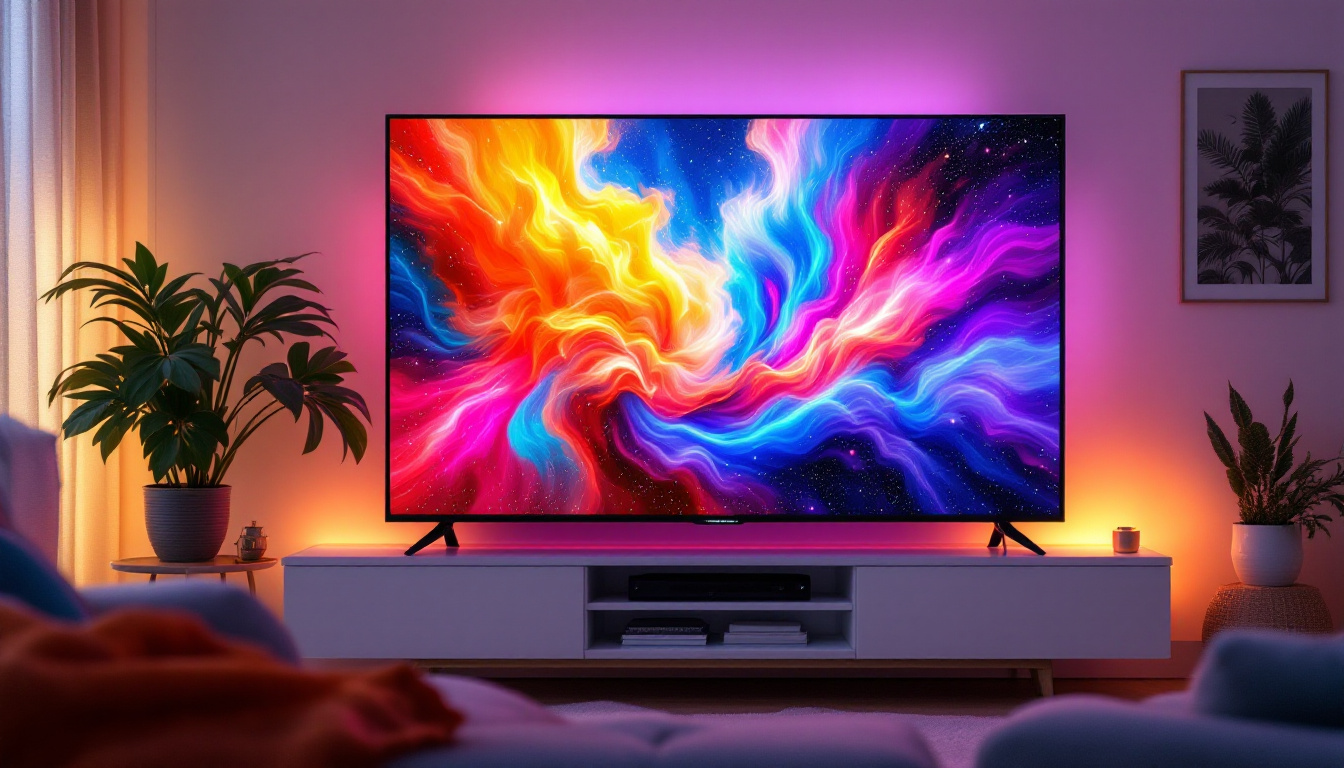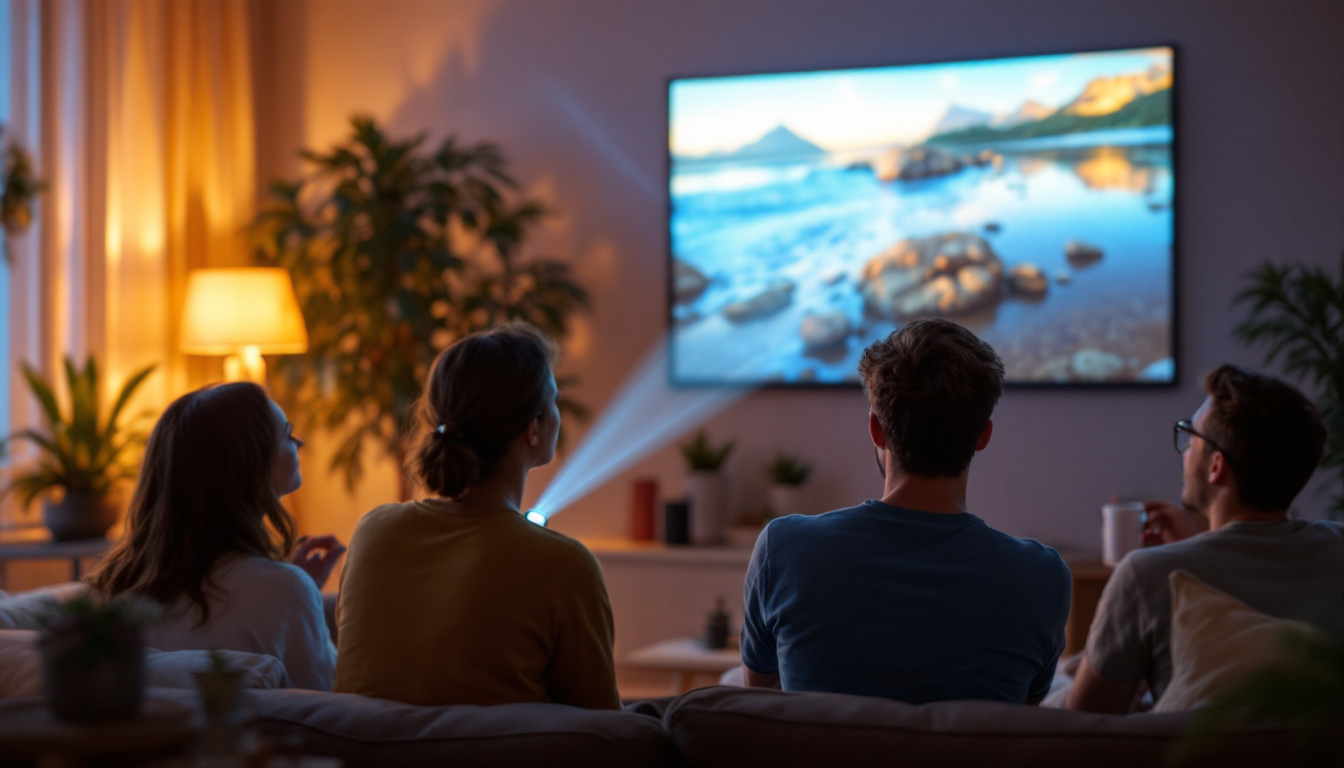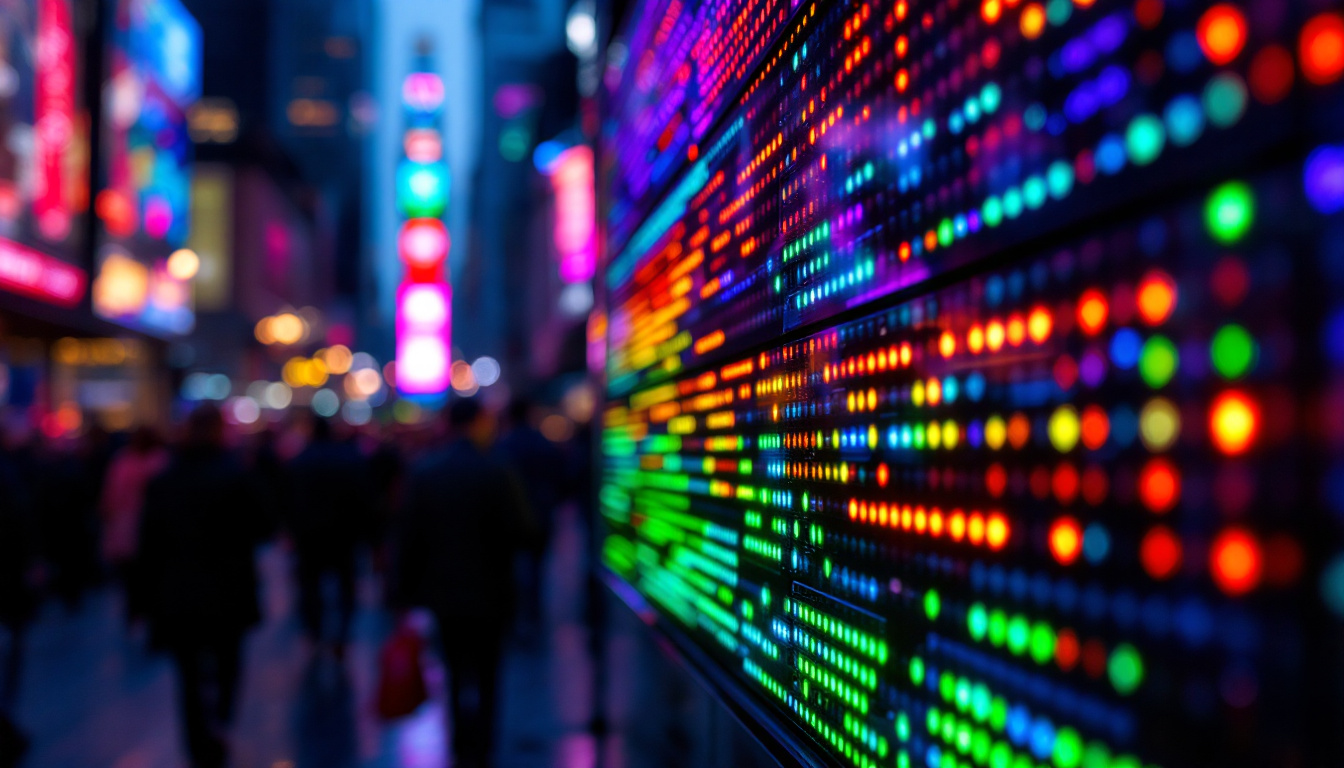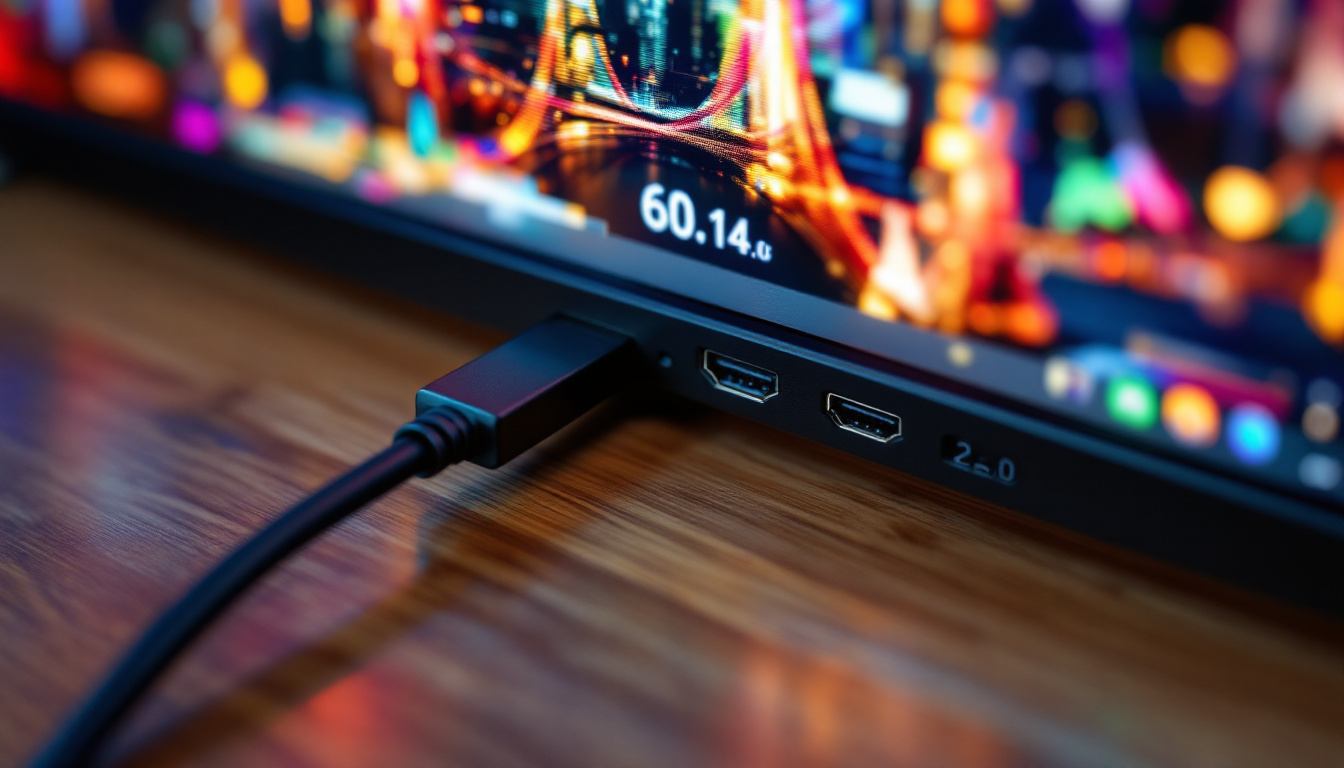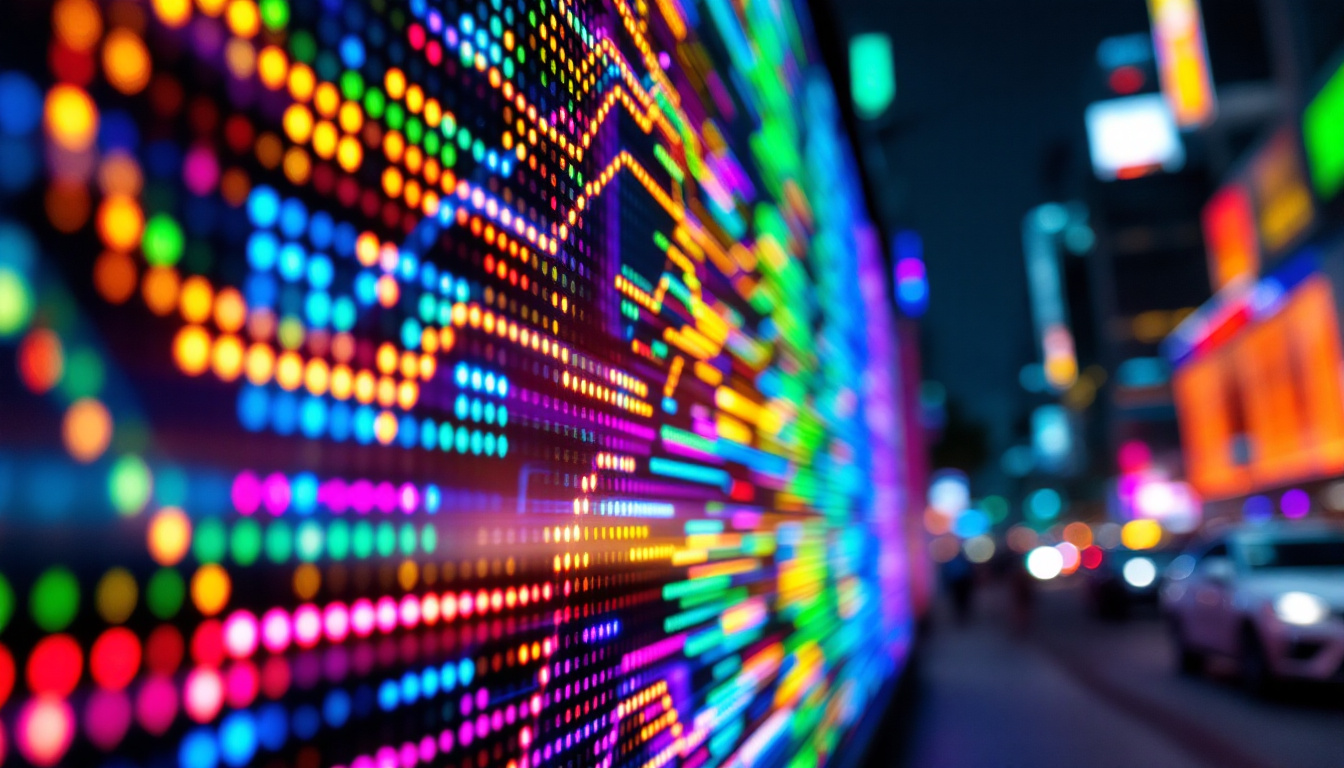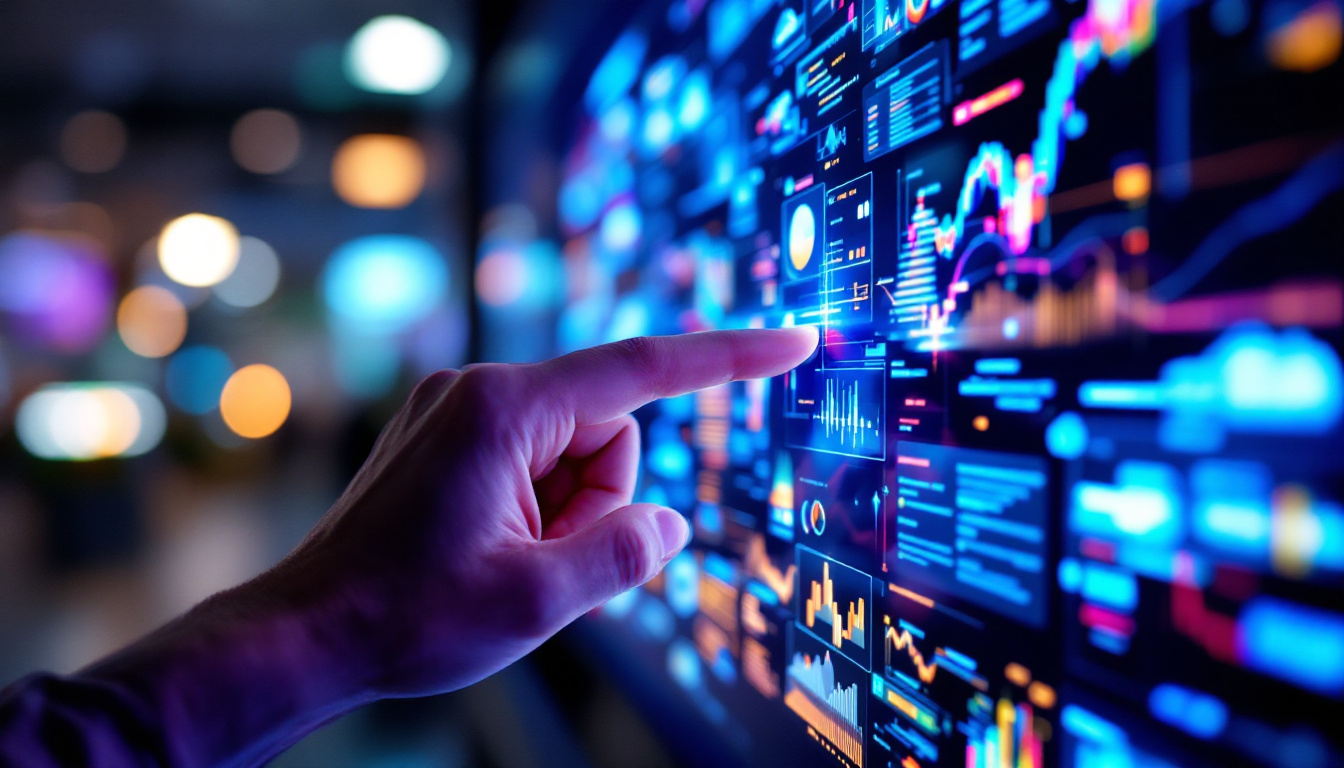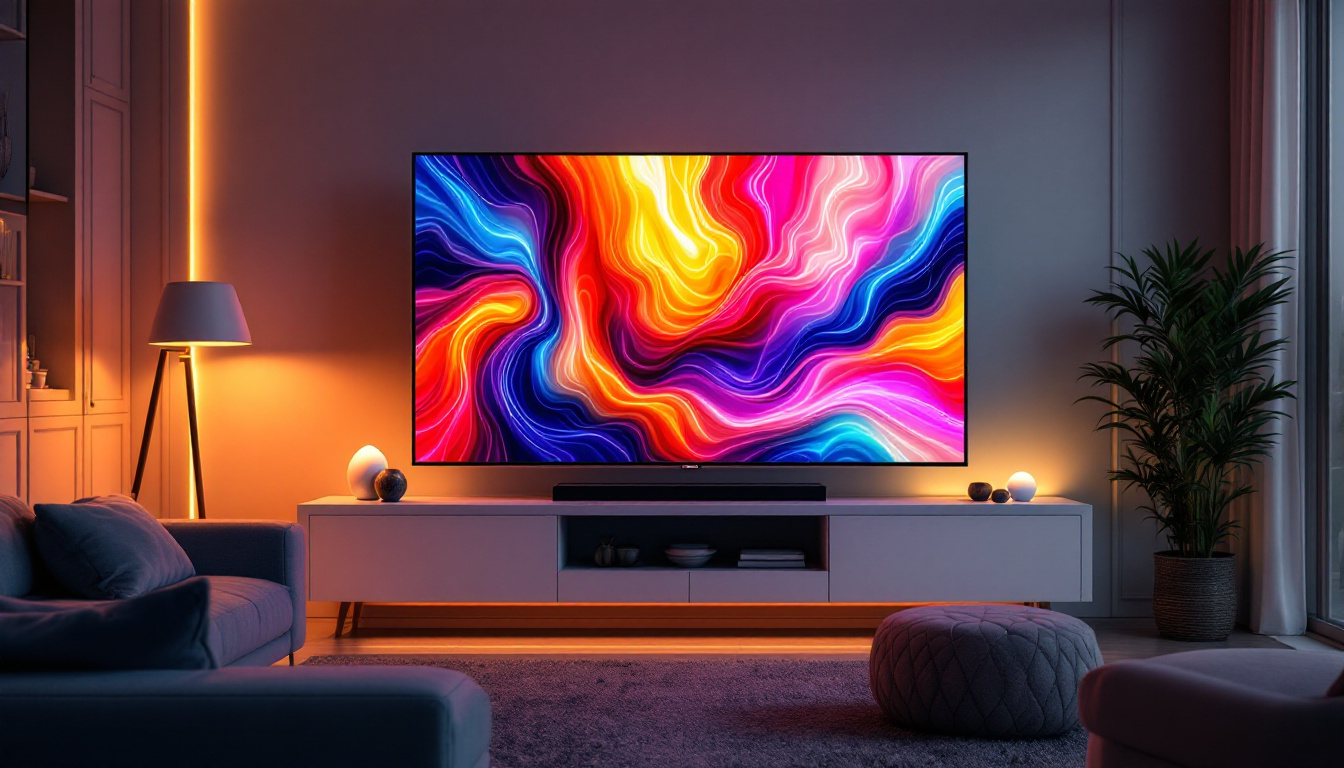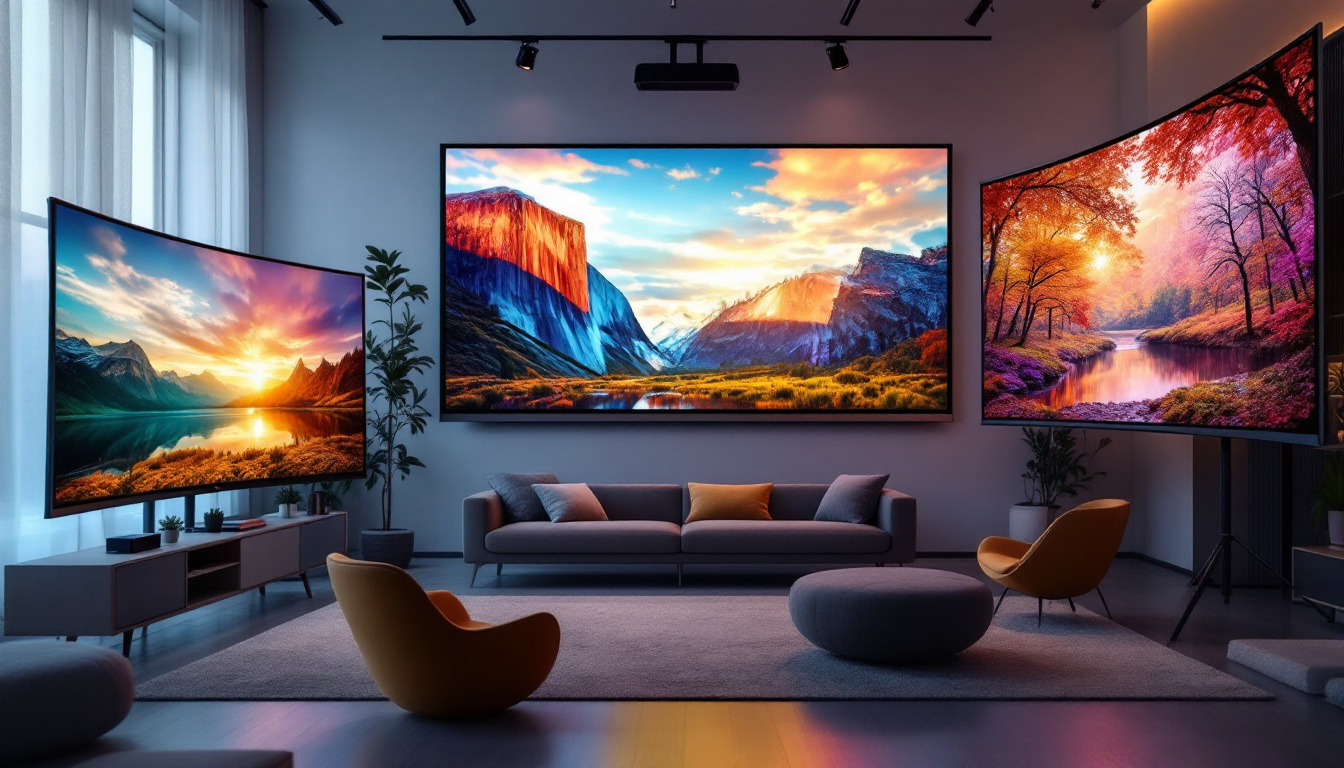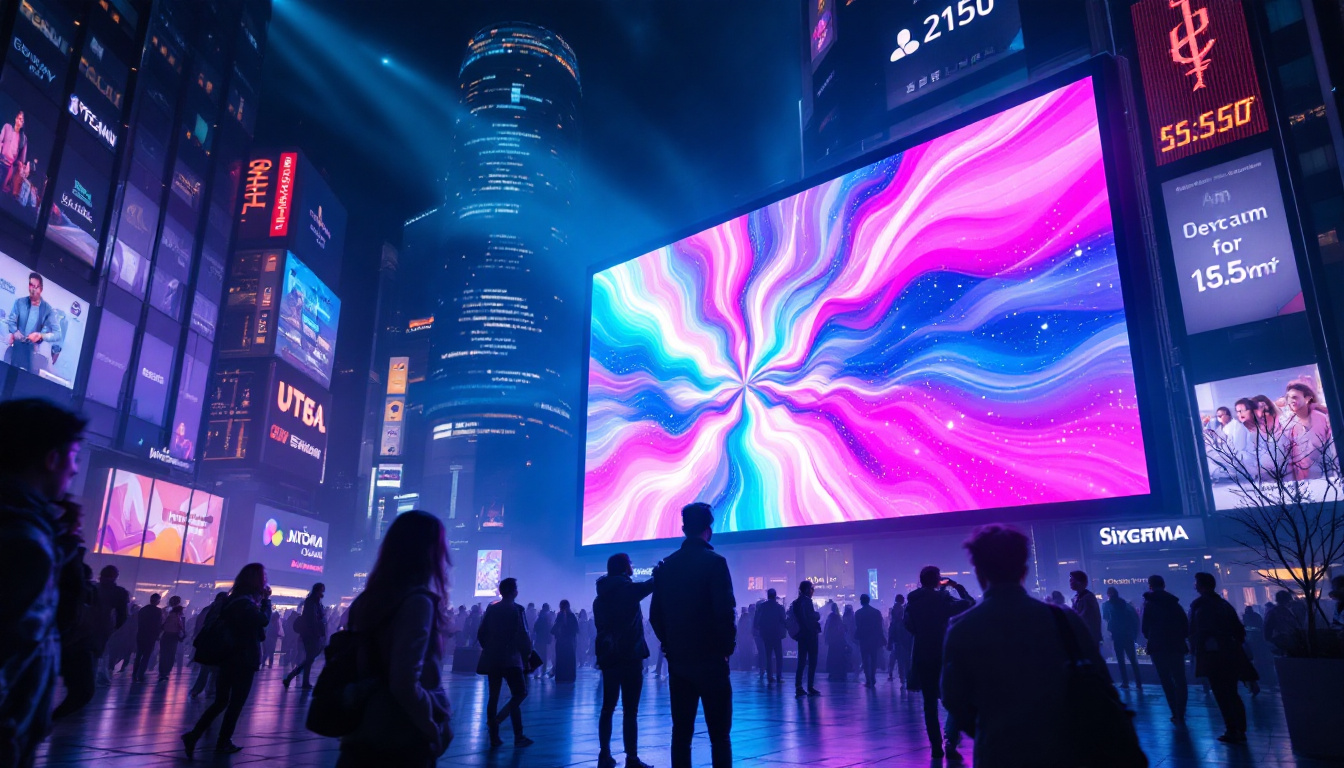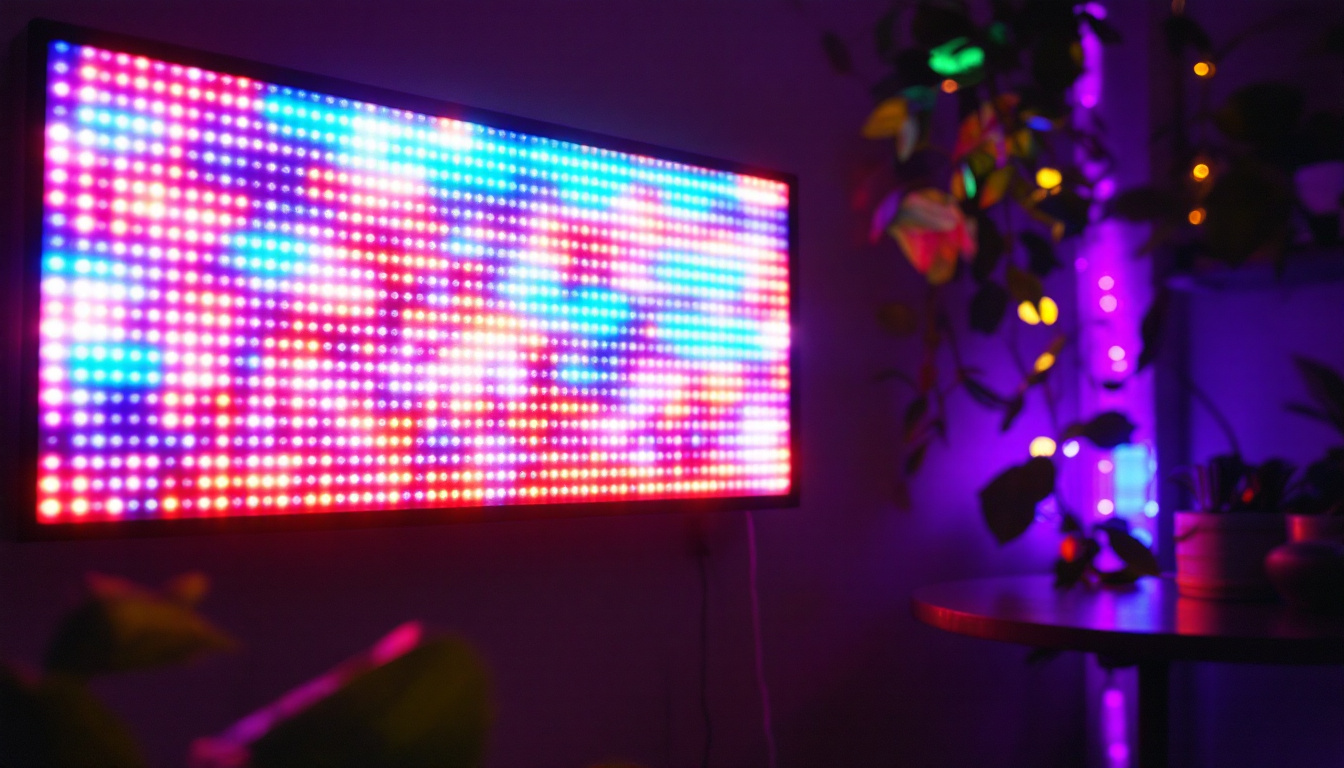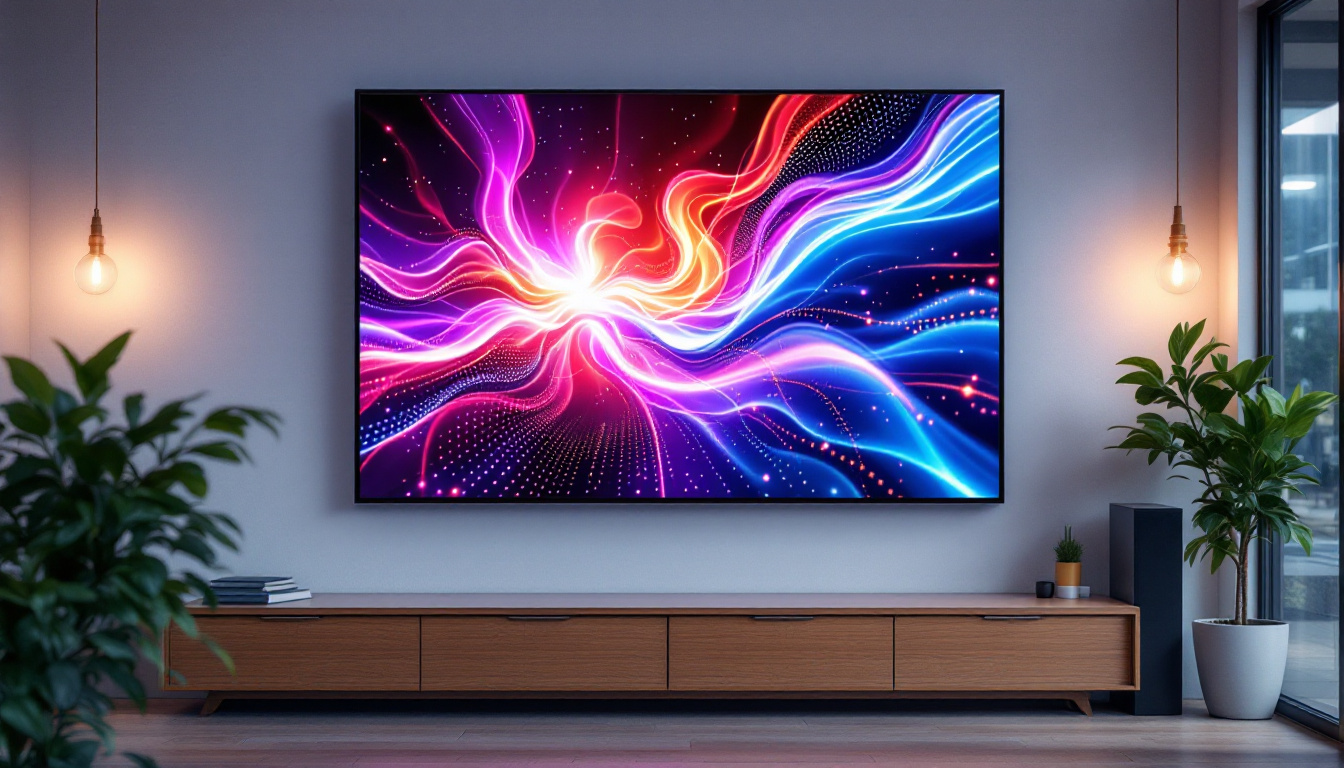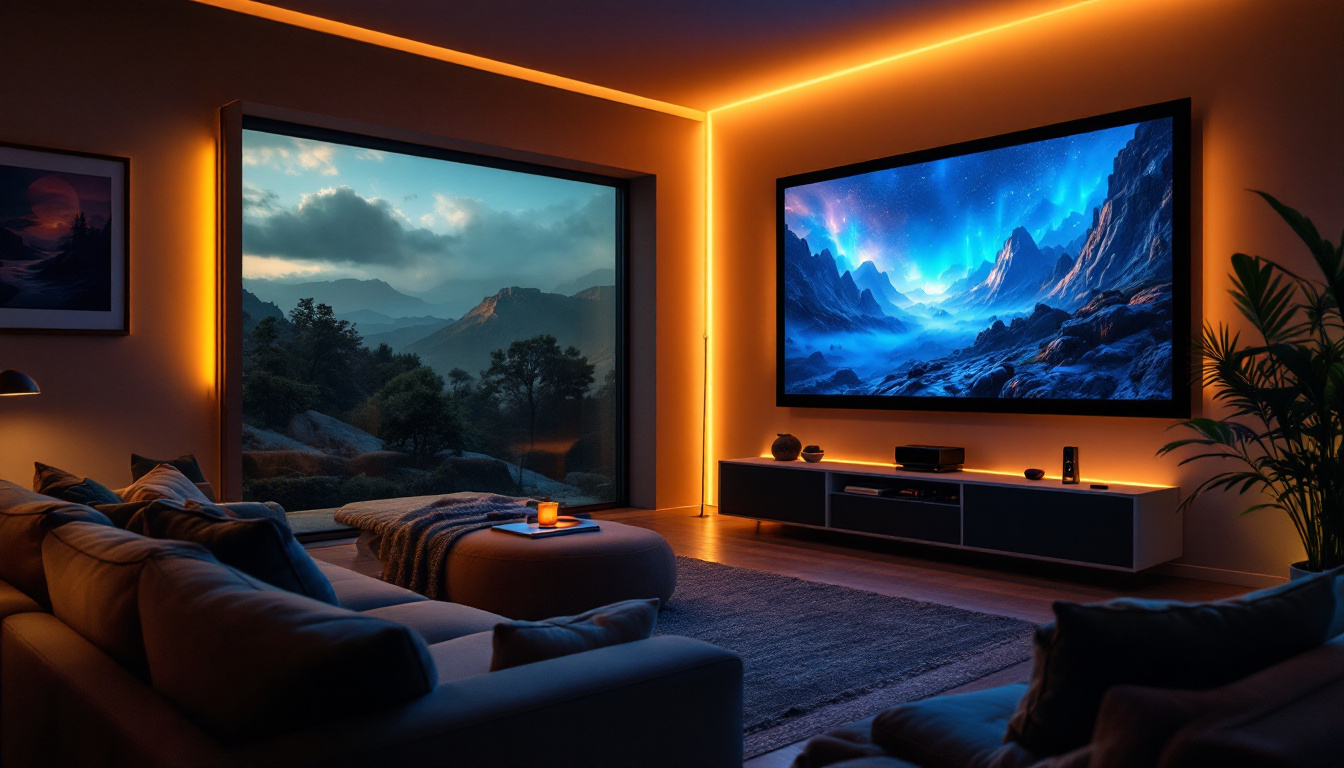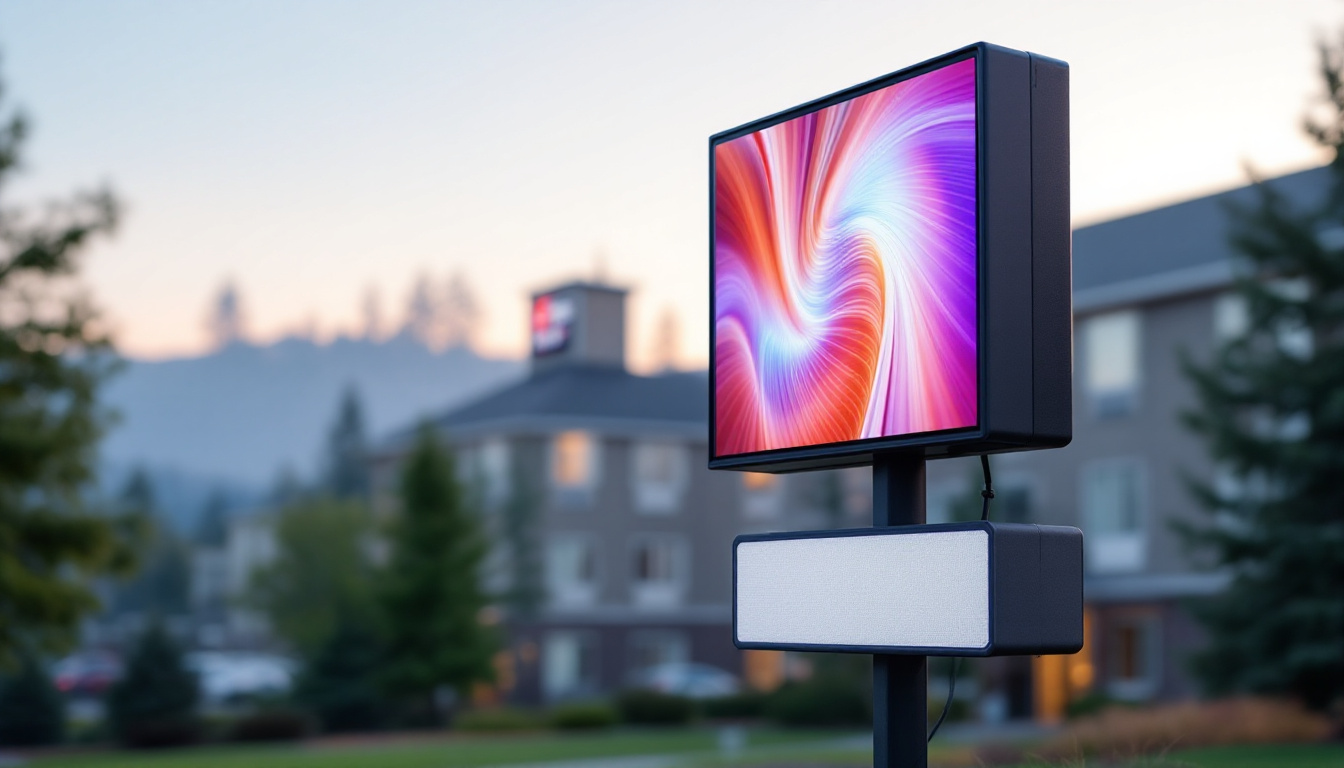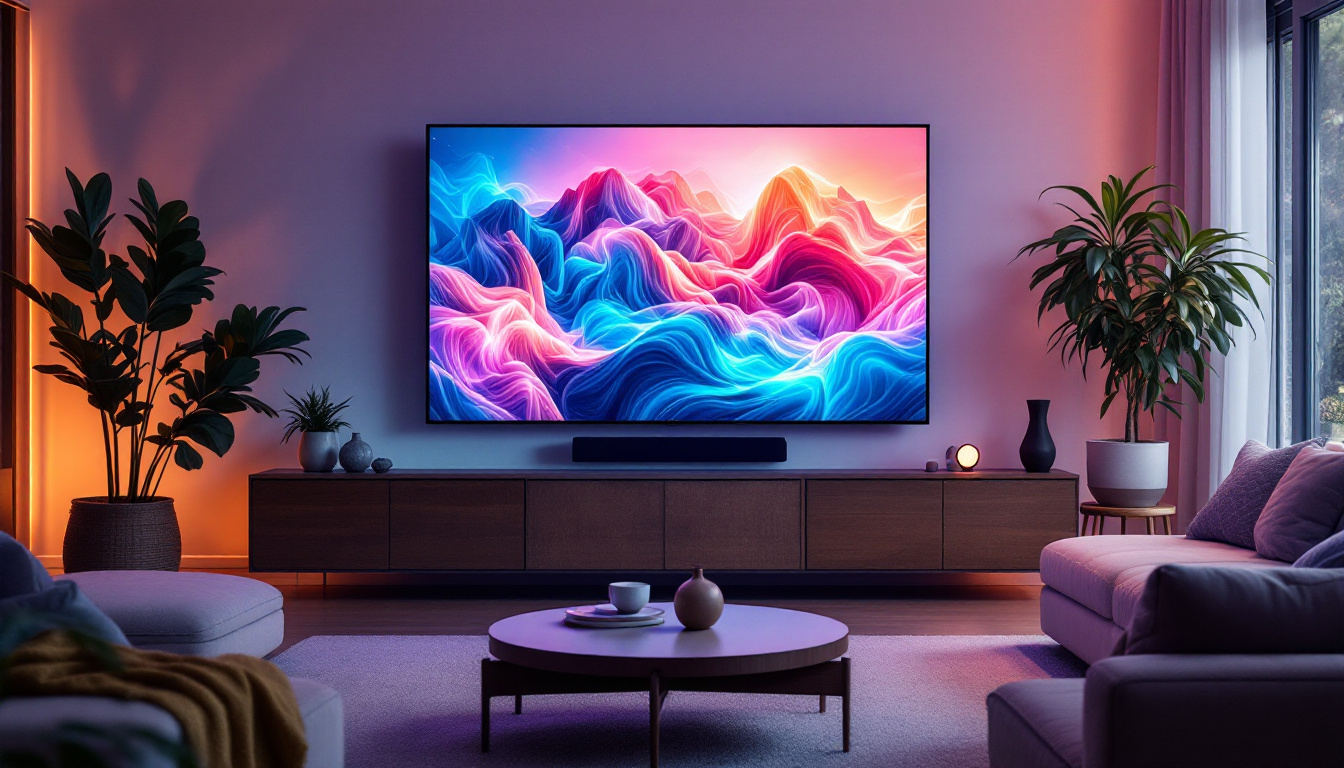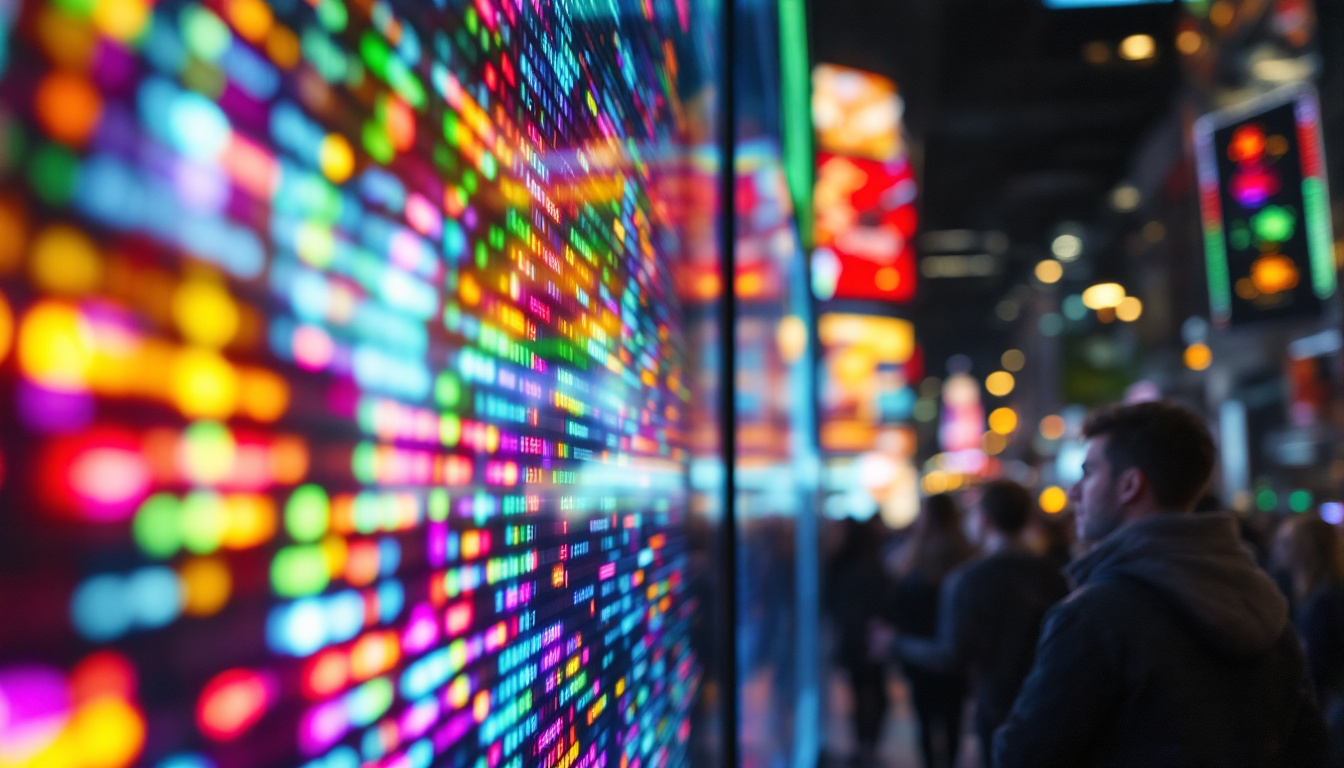The Emory health sciences Research Building is a state-of-the-art facility that stands as a beacon of innovation in the realm of health sciences. Among its many features, the LED display installed within the building plays a crucial role in enhancing communication, education, and engagement. This article delves into the significance of the LED display, its technology, and how it contributes to the overall mission of the research building.
Understanding the Role of LED Displays in Modern Research Facilities
LED displays have become integral to modern research facilities, serving various purposes that enhance both functionality and aesthetics. These displays are not merely decorative; they serve as vital tools for information dissemination and collaboration.
Information Dissemination
One of the primary functions of LED displays in research buildings is to provide real-time information. This includes updates on ongoing research projects, schedules for seminars, and announcements regarding upcoming events. The ability to display dynamic content ensures that researchers, students, and visitors are always informed.
Moreover, LED displays can showcase important data visualizations, making complex information more accessible. This is particularly beneficial in a health sciences context, where data interpretation can be critical to research outcomes and public health awareness. For instance, during a pandemic, LED displays can be used to communicate vital statistics, vaccination rates, and safety protocols, ensuring that everyone in the facility is on the same page and can respond swiftly to changing circumstances.
Enhancing Engagement
Engagement is another crucial aspect where LED displays shine. By displaying interactive content, such as live feeds from research activities or collaborative projects, these displays foster a sense of community among researchers and students. They encourage participation and dialogue, which are essential for innovation and discovery.
Additionally, LED displays can feature multimedia presentations, including videos and animations that illustrate research findings or health education materials. This multimedia approach captures attention and enhances understanding, making the information more memorable. Furthermore, the use of touch-screen LED displays allows users to interact directly with the content, enabling them to delve deeper into specific research topics or access additional resources, thereby transforming passive viewers into active participants in the learning process.
Furthermore, the versatility of LED displays extends to their ability to adapt to various environments and needs. In collaborative spaces, for example, these displays can be configured to share screens during meetings or brainstorming sessions, allowing teams to visualize ideas in real-time. This adaptability not only streamlines workflow but also promotes a culture of teamwork and shared knowledge, essential components in cutting-edge research environments.
Technical Aspects of LED Displays
The technology behind LED displays is constantly evolving, allowing for higher resolutions, better color accuracy, and improved energy efficiency. Understanding these technical aspects is essential for appreciating how they function within the Emory Health Sciences Research Building.
Resolution and Clarity
Resolution is a critical factor in the performance of LED displays. High-resolution displays offer clearer images and sharper text, which are vital for conveying complex information effectively. In a research setting, where precision is paramount, having a display that can showcase intricate details can significantly enhance presentations and discussions.
Furthermore, advancements in display technology have led to the development of ultra-high-definition (UHD) displays, which provide four times the resolution of standard high-definition displays. This level of clarity is particularly beneficial for displaying detailed graphs, charts, and other data visualizations that are common in health sciences research. The ability to zoom in on specific data points without losing clarity allows researchers to analyze and present their findings with greater accuracy, fostering a deeper understanding among peers and stakeholders.
In addition to resolution, the pixel density of LED displays plays a crucial role in image quality. Higher pixel density results in smoother gradients and more lifelike images, which can be especially important when showcasing medical imaging or biological specimens. As researchers collaborate and share their work, the clarity provided by these advanced displays can facilitate more engaging discussions and lead to innovative ideas and solutions.
Energy Efficiency and Sustainability
In an era where sustainability is a priority, LED technology stands out for its energy efficiency. LED displays consume significantly less power compared to traditional display technologies, such as LCD or projection systems. This not only reduces operational costs but also aligns with the sustainability goals of research institutions.
Moreover, the long lifespan of LED displays means less frequent replacements, further minimizing environmental impact. By investing in energy-efficient technologies, the Emory Health Sciences Research Building demonstrates a commitment to sustainability while enhancing its operational efficiency. The reduced heat output of LED displays also contributes to lower cooling costs in the building, creating a more comfortable environment for researchers and staff alike.
Additionally, the use of LED displays can contribute to a more sustainable approach to information dissemination. With the ability to update content remotely and in real-time, researchers can share the latest findings or important announcements without the need for printed materials, thus reducing paper waste. This digital approach not only supports the institution’s eco-friendly initiatives but also ensures that all stakeholders have access to the most current information, fostering a culture of collaboration and innovation within the health sciences community.
Applications of LED Displays in the Emory Health Sciences Research Building
The applications of LED displays within the Emory Health Sciences Research Building are diverse, reflecting the multifaceted nature of health sciences research. From educational purposes to collaboration and outreach, these displays serve various functions that contribute to the building’s mission.
Educational Purposes
Education is at the forefront of the research building’s objectives, and LED displays play a pivotal role in this regard. They are utilized to showcase educational content, including lectures, workshops, and training sessions. By providing a platform for visual learning, these displays enhance the educational experience for students and faculty alike.
Additionally, the displays can be used to highlight research breakthroughs and innovations, serving as a source of inspiration for aspiring researchers. By making this information readily available, the LED displays contribute to a culture of learning and curiosity within the building.
Collaboration and Networking
Collaboration is essential in research, and LED displays facilitate this by providing a medium for networking. They can display profiles of researchers, ongoing projects, and areas of expertise, allowing individuals to connect based on shared interests. This not only fosters collaboration but also encourages interdisciplinary research, which is crucial for addressing complex health challenges.
Moreover, LED displays can be integrated with digital platforms that allow for remote collaboration. This is particularly important in today’s global research environment, where teams may be spread across different locations. By bridging the gap between physical and virtual spaces, these displays enhance connectivity and collaboration.
Impact on Visitor Experience
The Emory Health Sciences Research Building is not just a hub for researchers; it also welcomes visitors, including students, healthcare professionals, and the general public. The LED displays significantly enhance the visitor experience, making the building more inviting and informative.
Interactive Displays
Interactive LED displays engage visitors by inviting them to explore content at their own pace. These displays can feature touchscreens that allow users to navigate through various topics related to health sciences research, view multimedia presentations, or even participate in quizzes and polls. This interactive experience not only educates visitors but also encourages them to engage with the research being conducted within the building.
Furthermore, interactive displays can serve as wayfinding tools, helping visitors navigate the building and locate specific labs, offices, or event spaces. This enhances the overall visitor experience, making it easier for individuals to access information and participate in activities.
Showcasing Community Engagement
community engagement is a vital aspect of the Emory Health Sciences Research Building’s mission. LED displays can be used to highlight community outreach programs, partnerships with local organizations, and public health initiatives. By showcasing these efforts, the displays foster a sense of connection between the research building and the community it serves.
Additionally, featuring testimonials or stories from community members can humanize the research efforts, illustrating the real-world impact of the work being done. This not only builds trust but also encourages community involvement in research initiatives.
Future Trends in LED Display Technology
The field of LED display technology is continuously advancing, with new trends emerging that promise to enhance their functionality and impact. As the Emory Health Sciences Research Building looks to the future, staying abreast of these trends will be essential for maximizing the potential of its LED displays.
Smart Displays
One of the most exciting trends in LED display technology is the development of smart displays. These displays can integrate with various digital platforms and IoT devices, allowing for real-time data updates and interactive features. For instance, a smart display could show live data from ongoing research projects or health statistics relevant to the community.
Moreover, smart displays can adapt their content based on audience engagement, providing a more personalized experience. This adaptability enhances the relevance of the information presented, making it more impactful for viewers.
Augmented Reality Integration
Augmented reality (AR) is another trend that holds great potential for LED displays in research settings. By integrating AR technology, displays can overlay digital information onto the physical environment, creating immersive experiences for users. This could be particularly useful for educational purposes, allowing students to visualize complex concepts in real-time.
For example, an AR-enabled display could allow visitors to interact with 3D models of biological structures or visualize data in a more engaging way. This innovative approach not only enhances understanding but also makes learning more enjoyable.
Conclusion
The LED display in the Emory Health Sciences Research Building is more than just a technological feature; it is a vital component that enhances communication, education, and engagement within the facility. By providing real-time information, fostering collaboration, and enriching the visitor experience, the LED display exemplifies the building’s commitment to innovation and excellence in health sciences research.
As technology continues to evolve, the potential applications of LED displays will expand, offering even greater opportunities for enhancing research and education. The Emory Health Sciences Research Building stands at the forefront of this evolution, ready to embrace future advancements that will further its mission of improving health and well-being through research.
Discover Cutting-Edge LED Display Solutions
As you’ve seen, LED displays are integral to the advancement of health sciences research, providing dynamic and interactive ways to communicate, educate, and engage. LumenMatrix is at the forefront of this technological revolution, offering a wide array of LED display solutions that cater to a variety of needs. From Indoor and Outdoor LED Wall Displays to specialized options like Vehicle, Sports, and Floor LED Displays, LumenMatrix tailors to the unique demands of modern visual communication. Embrace the future of digital signage with Custom, All-in-One, and Transparent LED Displays that promise to captivate your audience and amplify your message. Check out LumenMatrix LED Display Solutions today and see how they can transform your space into a hub of innovation and engagement.

